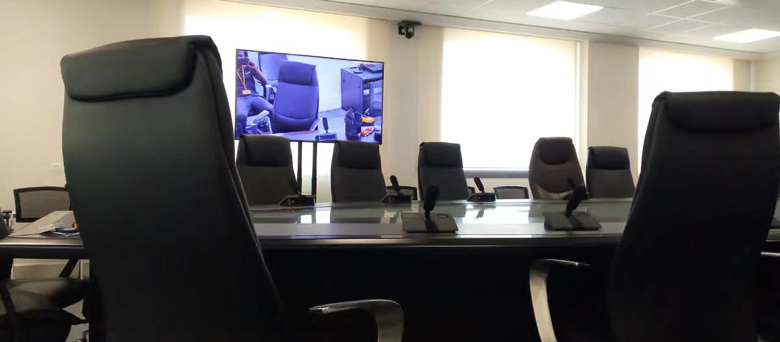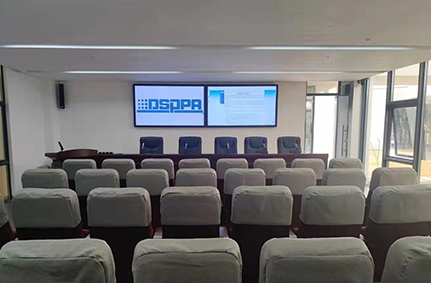
Video conference system is an application system that uses network communication technology to achieve remote real-time information exchange and sharing. It allows users in different locations to interact in real-time through video, audio, and other multimedia means, achieving an effect similar to face-to-face communication.
Video conference system mainly connects audio and video equipment in different locations through the network to achieve real-time transmission and interaction. Specifically, audio and video capture devices (such as cameras and microphones) transmit the captured signals to the terminal equipment. The terminal equipment digitizes, compresses, and encodes these signals and transmits them through the network to other terminal equipment. At the receiving end, the terminal equipment decodes and restores the received data, presenting the audio and video signals from the sending end.
To achieve high-quality video transmission, the video conference system adopts efficient video compression standards such as H.264. This standard can achieve good video quality at lower bit rates, thereby reducing network bandwidth requirements. At the same time, to achieve real-time transmission, the video conference system usually uses dedicated communication protocols such as H.323 or SIP protocol.

Apart from audio and video transmission, the video conference system also involves other technical fields such as data sharing, text discussion, recording, and playback. To achieve these functions, the system may need to adopt other technologies and standards, such as electronic whiteboards, PDF sharing, instant messaging, etc.
Video Interaction
Captures video signals through cameras to present users in different locations within the video conference, providing an immersive communication experience.
Audio Communication
Real-time voice communication through video conference wireless microphones and speakers ensures smooth voice interaction during the meeting.
Data Interaction
Video conference system supports sharing and transmission of various documents such as electronic whiteboards, PPT presentations, documents, etc., facilitating real-time annotation and discussion among participants.
Text Discussion
Video conference system provides chatroom or private chat functionalities, allowing participants to communicate and discuss in real-time via text.
Synchronized Recording
Video conference system supports synchronization recording of meeting content for participants to review and organize meeting materials later.
Document Sharing
Video conference system supports sharing and transmission of documents, facilitating participants to view and edit documents collaboratively.
Live Streaming
Video conference system supports real-time broadcasting of meeting content to more participants, expanding the influence range of the meeting.
Screen Sharing
Video conference system supports real-time sharing of the presenter's screen content to other participants, making it convenient to demonstrate operations and present content.

In addition, the video conference system may also have features such as sign-in, voting, and Q&A, to better meet actual needs. At the same time, to ensure the security and stability of the meeting, the system may also provide security measures such as encryption and permission control.
Overall, the emergence of the video conference system makes remote collaboration and communication possible, improves work efficiency, saves travel costs, and has become an indispensable part of modern business and life.
 Several Compositional Modes of Digital Conference System, Making the Conference Room More Concise and Clear
Several Compositional Modes of Digital Conference System, Making the Conference Room More Concise and Clear